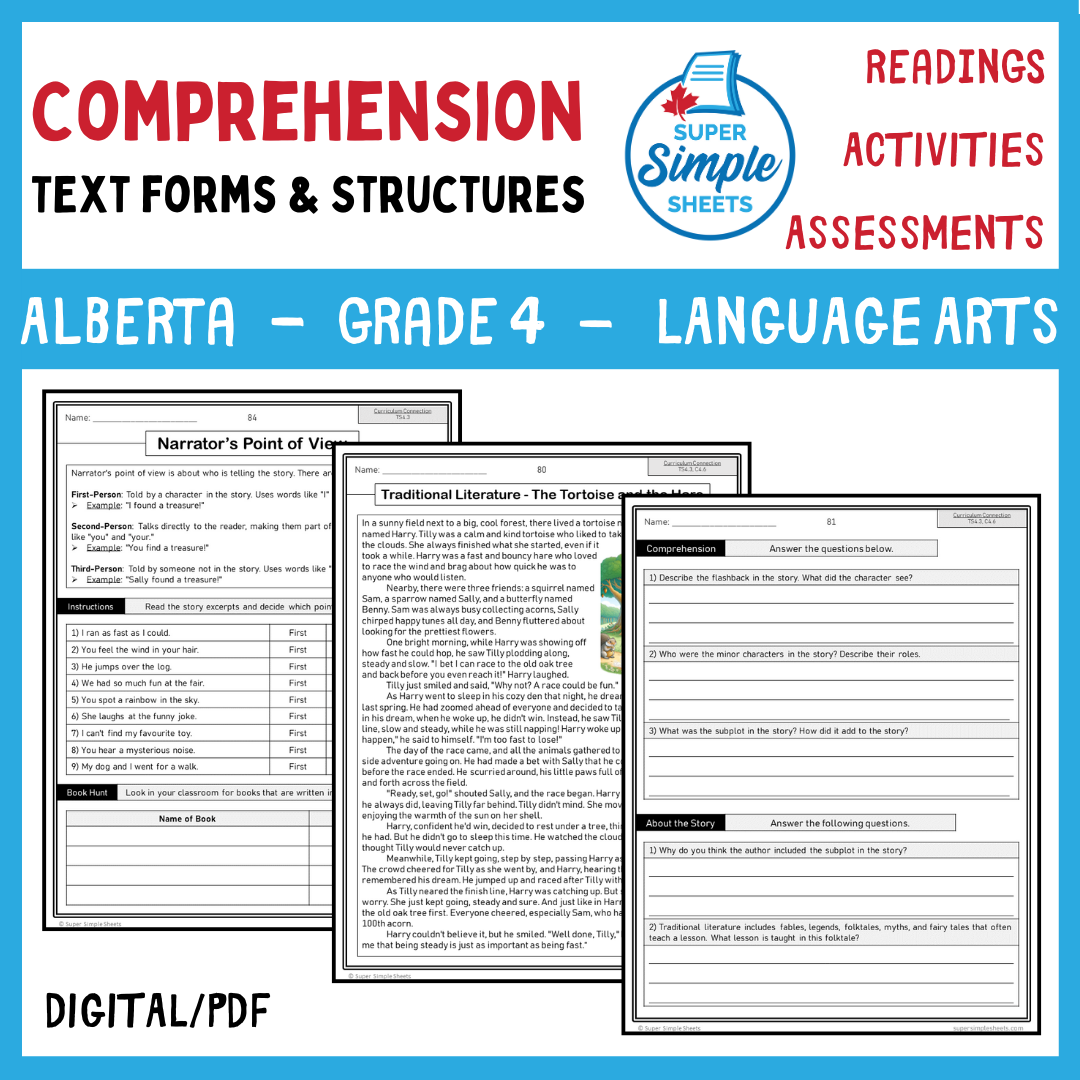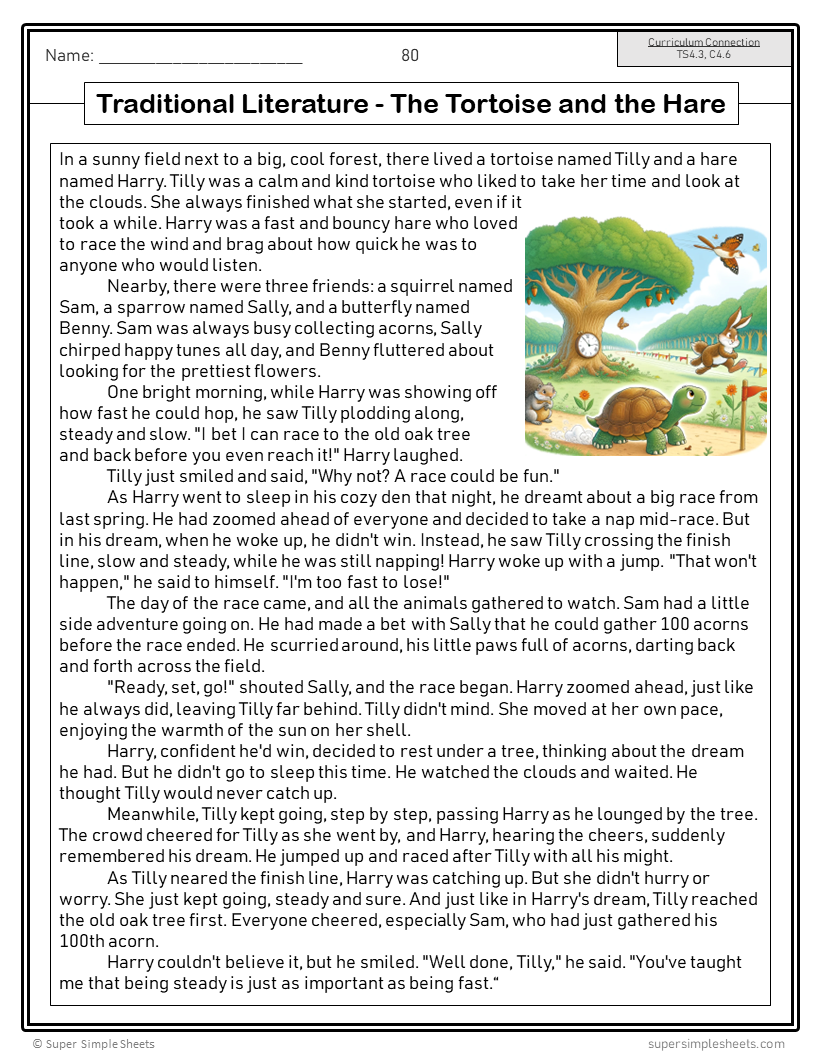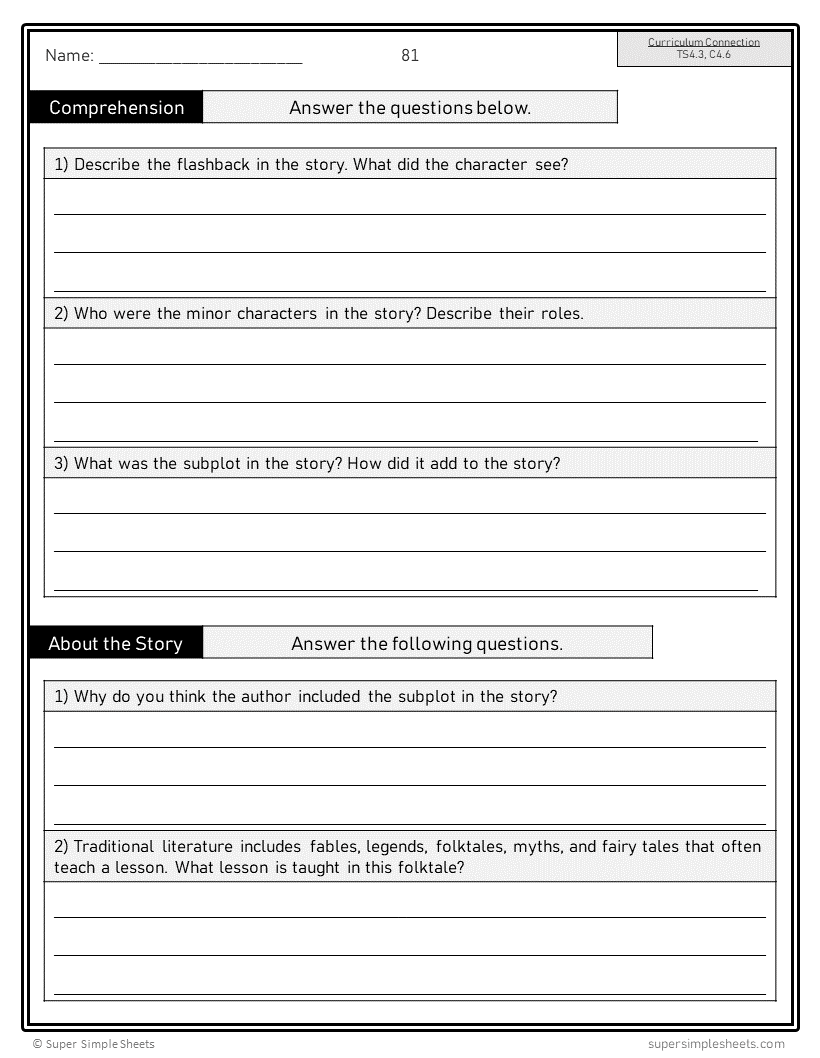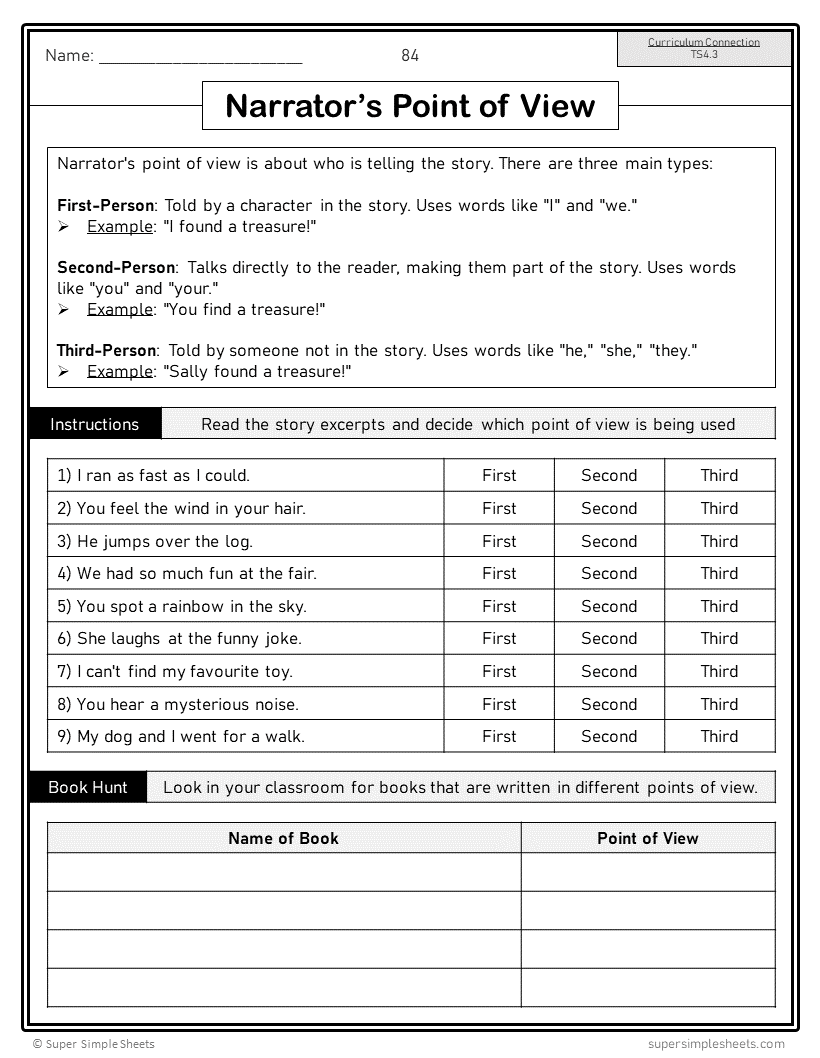NEW 2023 Alberta Language ELA - Grade 4 - Comprehension, Text Forms & Structures
NEW 2023 Alberta Language ELA - Grade 4 - Comprehension, Text Forms & Structures
Interested in a bundle? Shop below instead!
Couldn't load pickup availability
Grade 4 - New Alberta 2023 Language Curriculum (ELA) – Comprehension, Text Forms and Structures. This resource covers all skills and procedures in the organizing ideas: Text Forms and Structures as well as Comprehension. The 326 pages teach the skills and procedures in these two curriculum areas.
We’ve included a variety of activities, including independent reading responses, group activities, assignments, experiments, exemplars, and hands-on activities to keep your students engaged.
Included in this resource are the organizing ideas below:
Text Forms and Structures: taught throughout the unit, with the use of 10 different blocks of text forms, including narratives, reports, poetry, comic strips, letters, procedural writing, book reviews, persuasive writing, and biographies.
Comprehension: as students learn about the text forms and structures of different types of writing, they will practice reading comprehension skills. They will read these different text forms, and use before reading, during reading, and after reading comprehension strategies – inferencing, visualizing, predicting, summarizing, making connections, synthesizing, and questioning. We have also included an independent reading response booklet.
In addition, we have included a full-year long range plan that outlines what concepts from the curriculum you will be teaching each week/block.
Some of the concepts covered:
- What are text forms?
- Different types of literary forms – novels, media texts, and journal entries
- Before reading: comprehension strategies – activating prior knowledge and reasons for reading
- During reading: comprehension strategies – questioning, making connections, inferences, predictions, visualizing
- After reading: comprehension strategies – summarizing, synthesizing, making inferences, visualizing
- Genres in text forms – fiction and non-fiction
- Sub-forms of genres – humour, adventure, traditional literature, fantasy, mystery, science fiction, horror, etc.
- Traditional literature – fables, myths, folktales
- Letter writing – emails, formal and informal letters, writing with voice
- Narratives – use of literary devices: personification, analogy, idiom
- Perspective in narratives – first-person, second-person, and third-person narration
- Narratives – subplots and flashbacks in story writing
- Major and minor characters in narrative writing
- Structure in stories – beginning, middle, end
- Personal wonderings in stories – what would you do differently?
- Making inferences about persuasive texts
- Text features in reports – index, glossary, timelines, headings, subheadings, graphics, etc.
- Using graphics and images in reports to help the reader understand the text
- Synthesizing reports – Climate Change
- Problem/solution reports and cause and effect reports
- Summarizing reports – determining the main idea and supporting details
- Use of infographics, timelines, maps, diagrams, and pictures in reports
- Literary devices used in poetry – personification, idiom, and analogy
- Assignment – examining poems written by Indigenous authors
- Understanding haiku, limericks, acrostic poems, cinquain poems, free verse, concrete, and rhyming poems
- Poetic terms – stanza, verse, free verse, rhyming, syllables, and rhythm
- Reading different styles (voices) in book reviews
- Text features in comics, infographics, memes, and maps
- Text features in biographies – using a glossary and indexes to understand a biography
- Biographies – Jane Goodall, Charles Darwin, Archimedes, Hiawatha: index and glossary
- Autobiographies – Justin Trudeau and Bill Gates
- Procedural writing – text forms: lists, title, graphics, and labels
- How graphics improve procedural writing
- Following instructions – drawing a totem pole and a tipi
- Answer pages for all activities
BOTH GOOGLE SLIDES AND PDF VERSIONS INCLUDED!
This is a comprehensive unit that will save you hours of planning! It has everything you need to feel confident that you are covering the NEW Alberta Language curriculum.
Share











